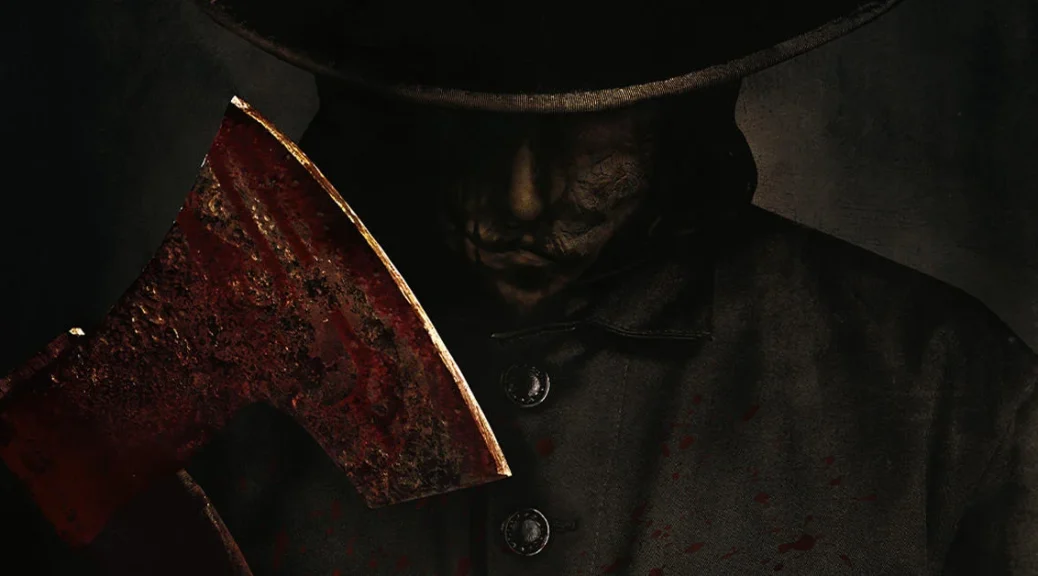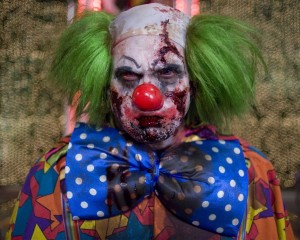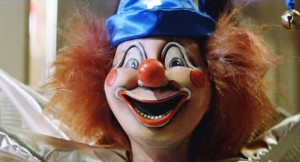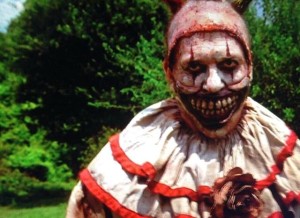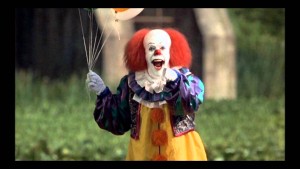Thanksgiving
by Dustin Meadows
In 2007, Quentin Tarantino and Robert Rodriguez’s ambitious double feature homage to throwback genre pictures, Grindhouse, roared into cinemas. While the film was a commercial failure, it easily found a cult audience, thanks in no small part to the pedigree of the directors and the accompanying pitch perfect fake movie trailers contributed by Rodriguez (Machete), Edgar Wright (Don’t), Rob Zombie (Werewolf Women Of The SS), and Eli Roth (Thanksgiving). It’s taken sixteen years for the latter to be realized, but Roth’s holiday-inspired slasher has finally arrived to join the ranks of Thanksgiving horror flicks like Blood Rage and Thankskilling!
While the original Thanksgiving trailer had more in common with the sleaze and brutality of 80s slashers (like Maniac or Don’t Go In The House), Roth’s finished film falls more in line with contemporary slasher/whodunits, like the Scream films without the meta-deconstruction of horror films and tropes. The film opens with a darkly comic and brutal Black Friday massacre that mirrors the real life chaos of the annual consumer circus, and sets in motion the story that picks up one year later as a killer dressed as a pilgrim and wearing a John Carver mask begins a murderous spree of revenged slayings against the instigators of the deadly Black Friday incident.
Jessica (newcomer Nell Verlaque) is the heart of the film, leading the cast of potential young victims trying to learn who the killer is while avoiding being served up at the dinner table. A very game Patrick Dempsey (fully leaning into his native New England accent) is also along for the ride as the town sheriff working with the kids to put an end to John Carver’s deadly holiday plans. Roth and Jeff Rendell’s script offers up plenty of red herrings throughout the film, and while the killer’s identity will be fairly easy to deduce by most slasher fans, the inspired violence and set piece kills more than make up for the thin mystery of who John Carver really is. Fans of the original trailer will recognize several moments throughout the film (trampoline, anyone?), but Roth manages to shake things up enough to keep you guessing how each act of violence is gonna play out. Sprinkle in a little Rick Hoffman and just a pinch of Gina Gershon, and you’ve got a pretty good dinner!
Though the opening Black Friday scene alone makes this dish worthwhile, the bulk of the film may not measure up to the promise of the original trailer. But that will likely have more to do with the pressure of expectations of modern horror audiences and time passed, and less with the actual execution of the film itself.
Hungry for a new turkey day tradition that delivers on outlandish violence? Skip the Westminster Dog Show and enjoy a helping of Thanksgiving.
